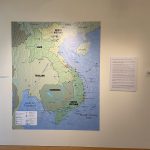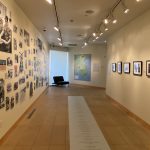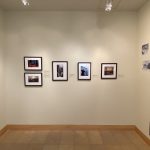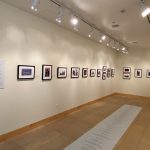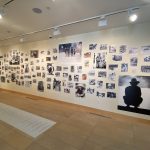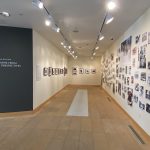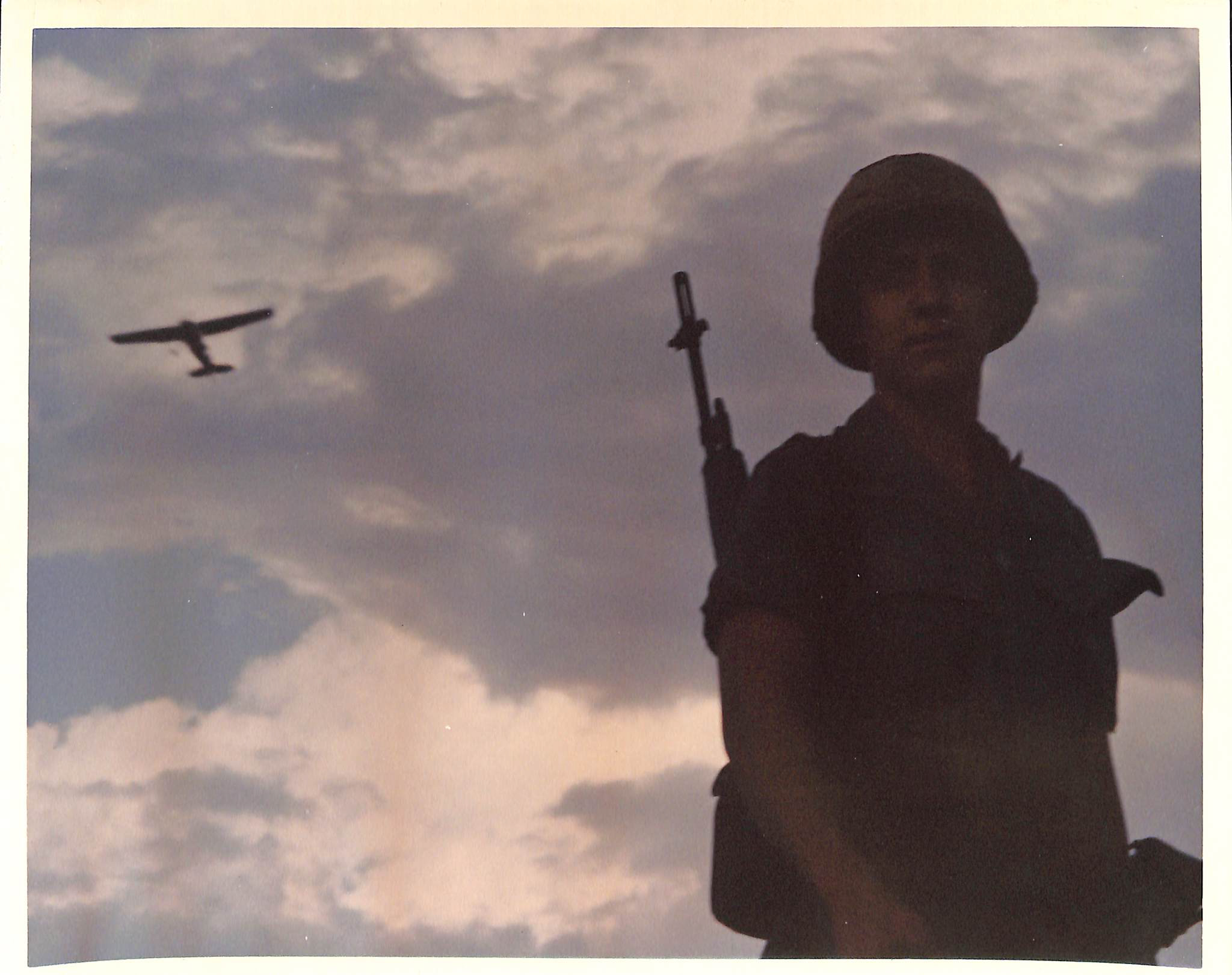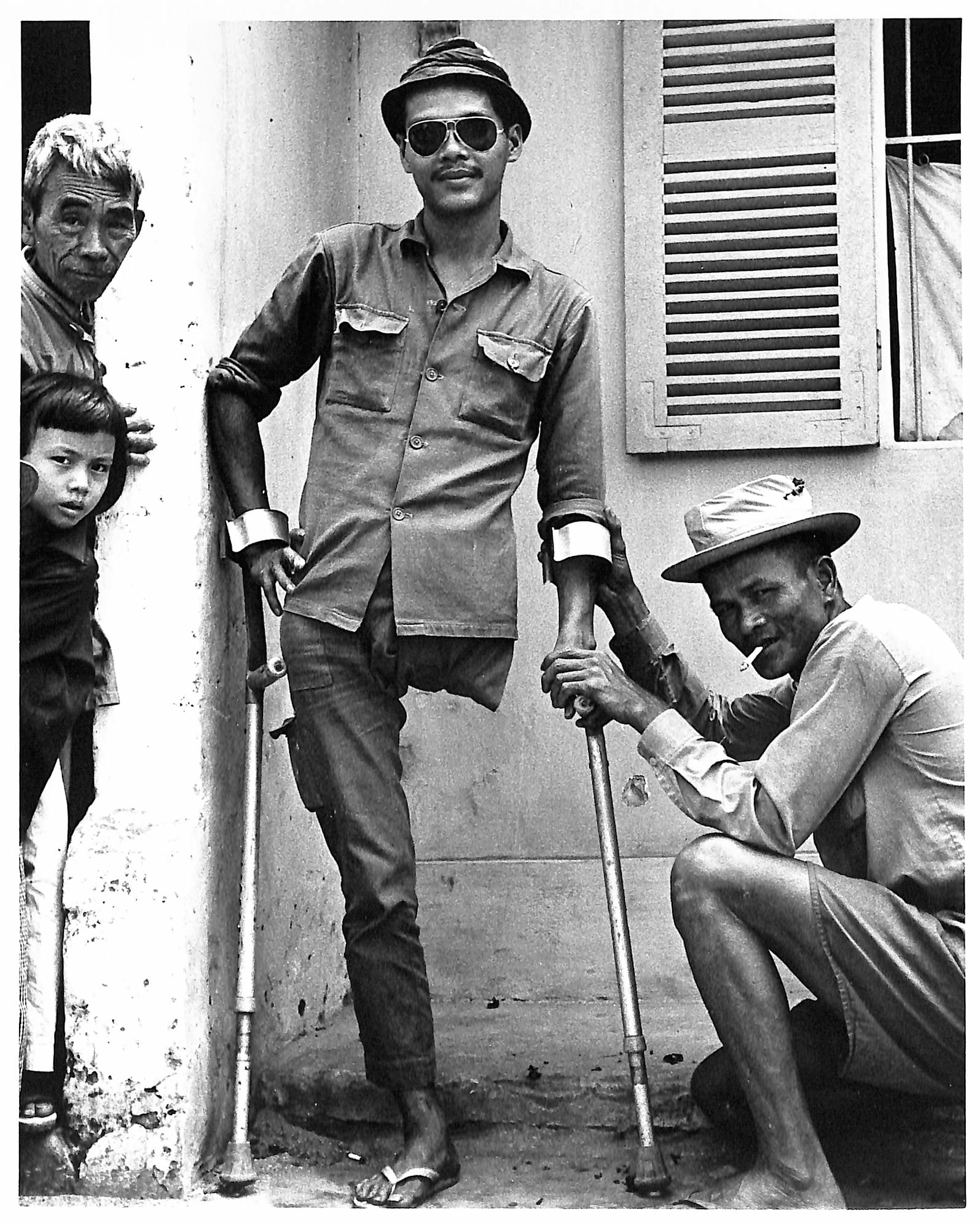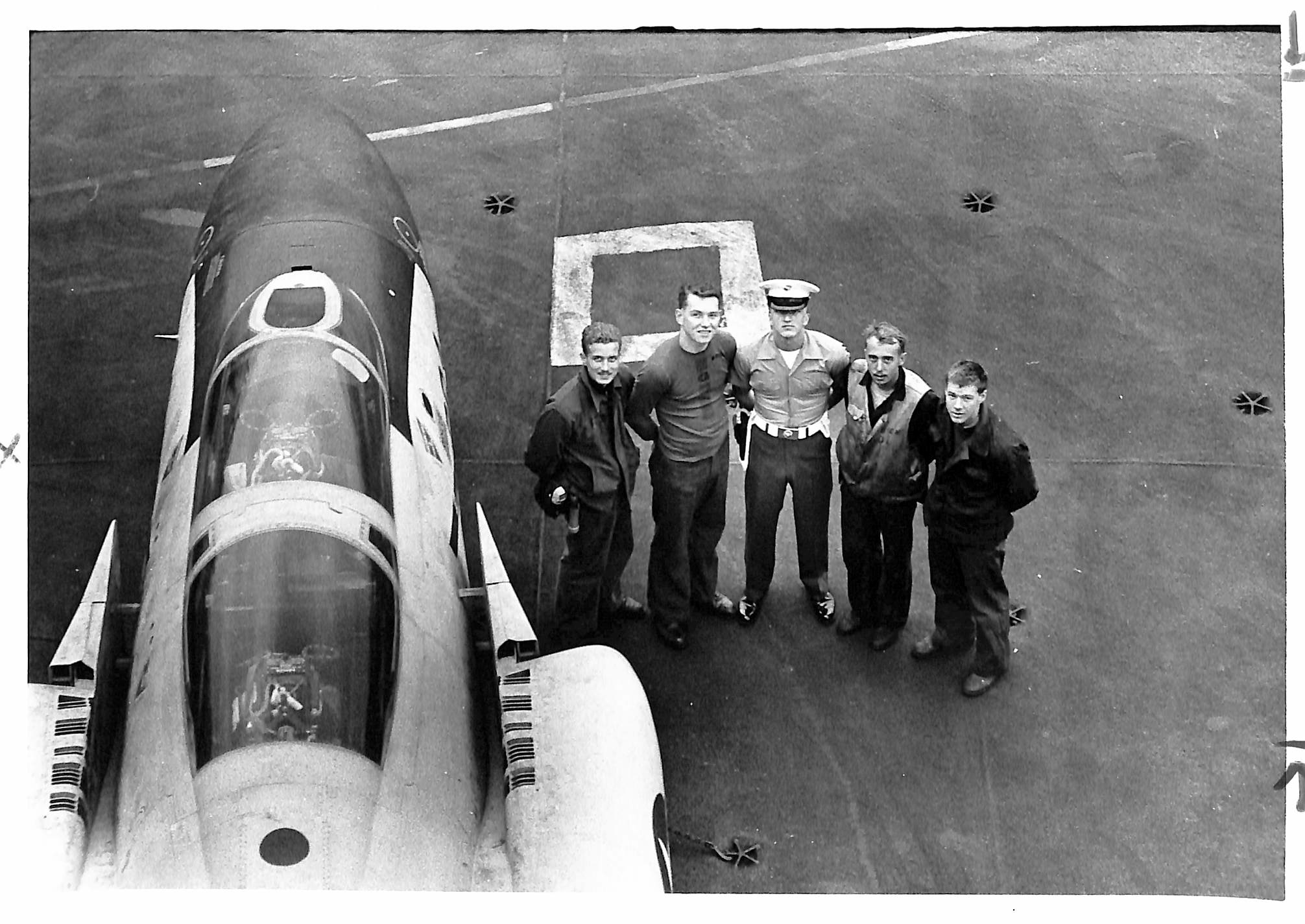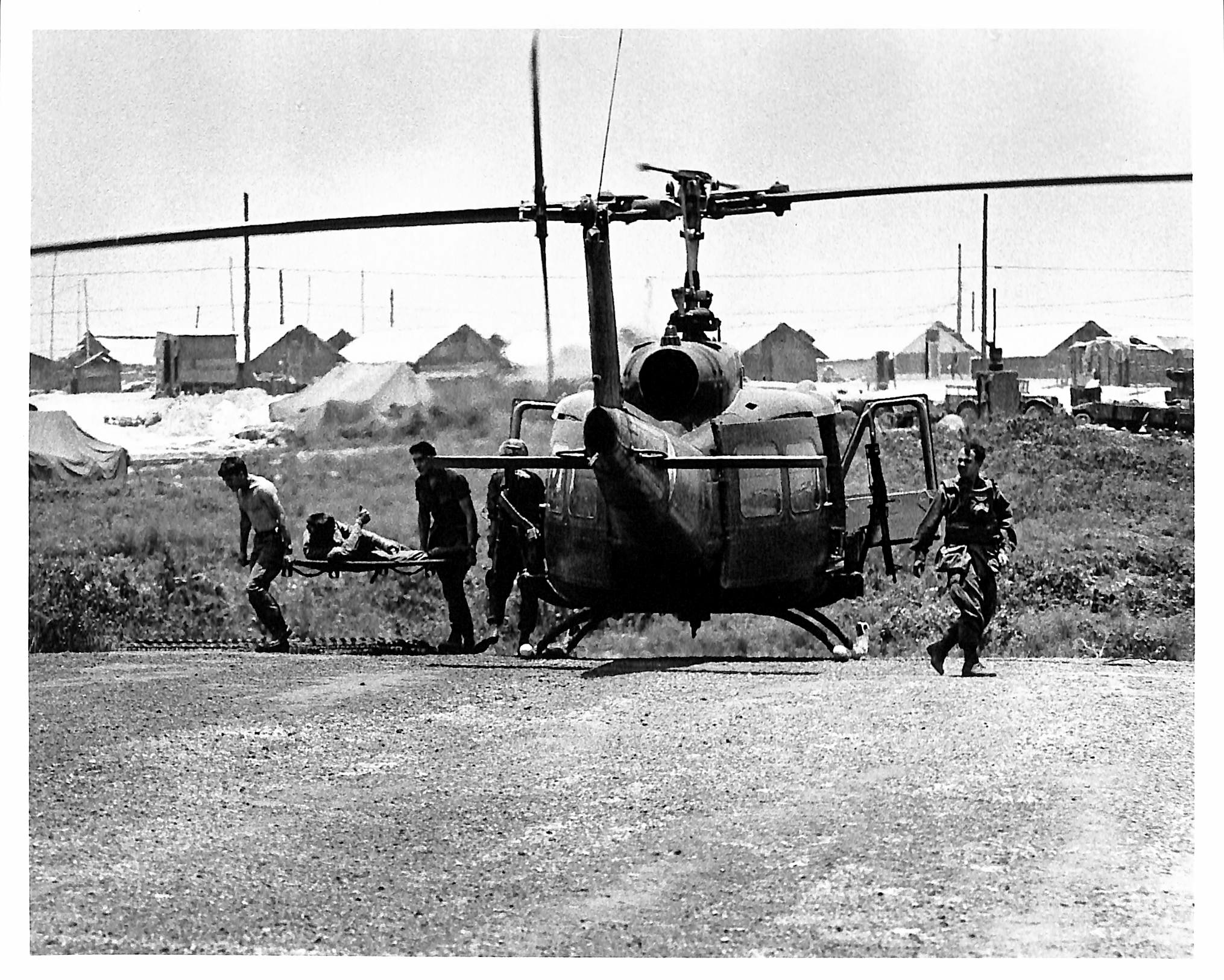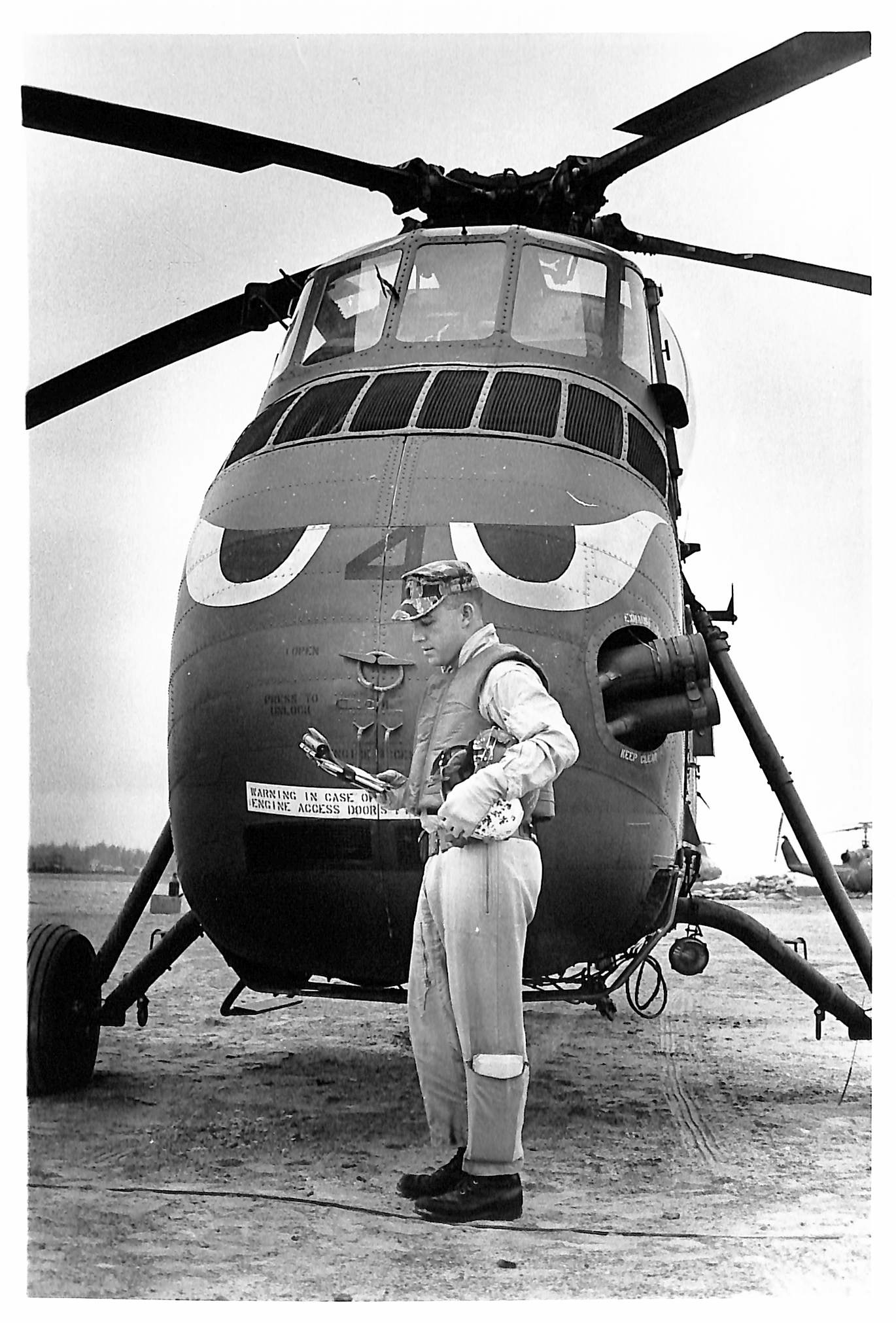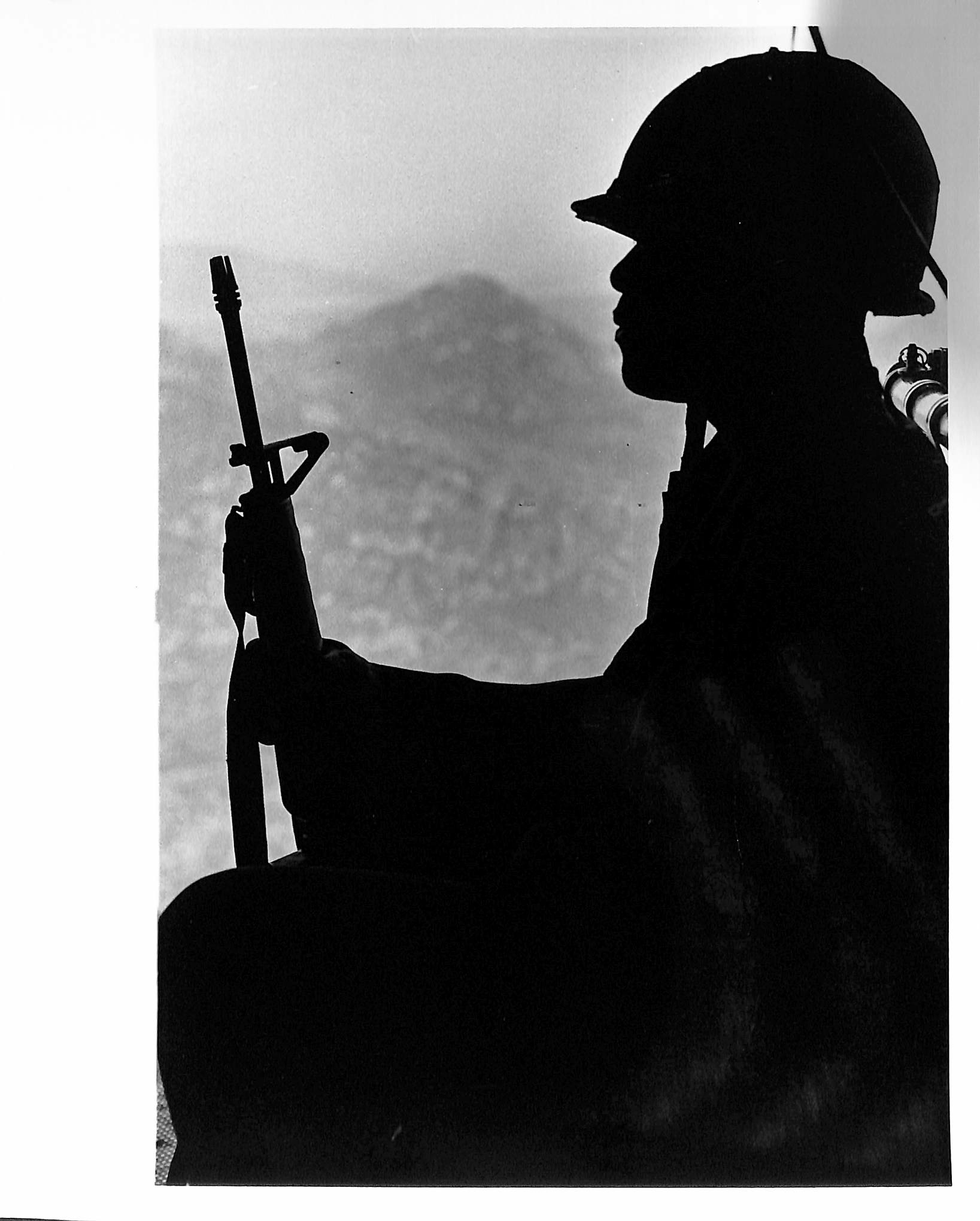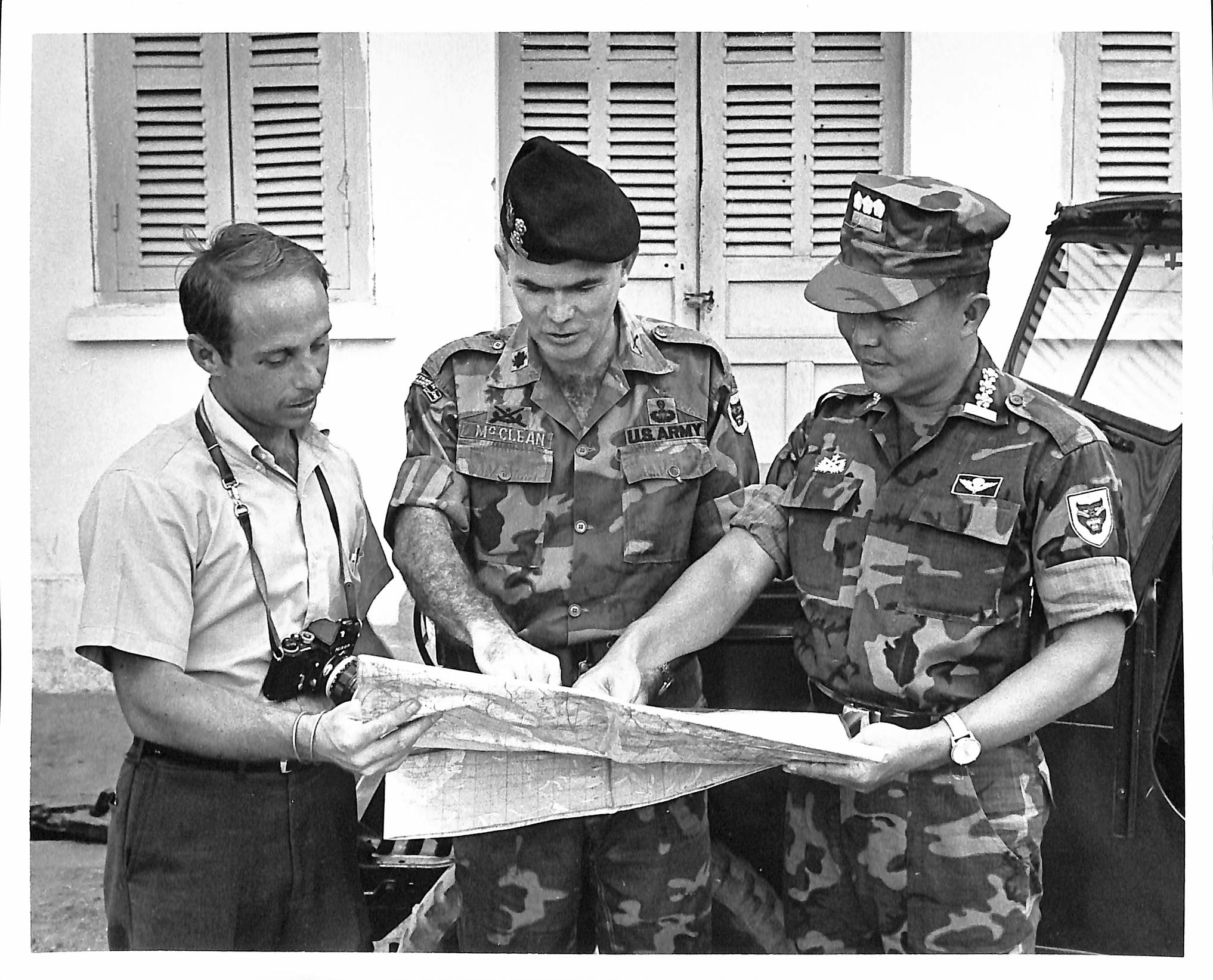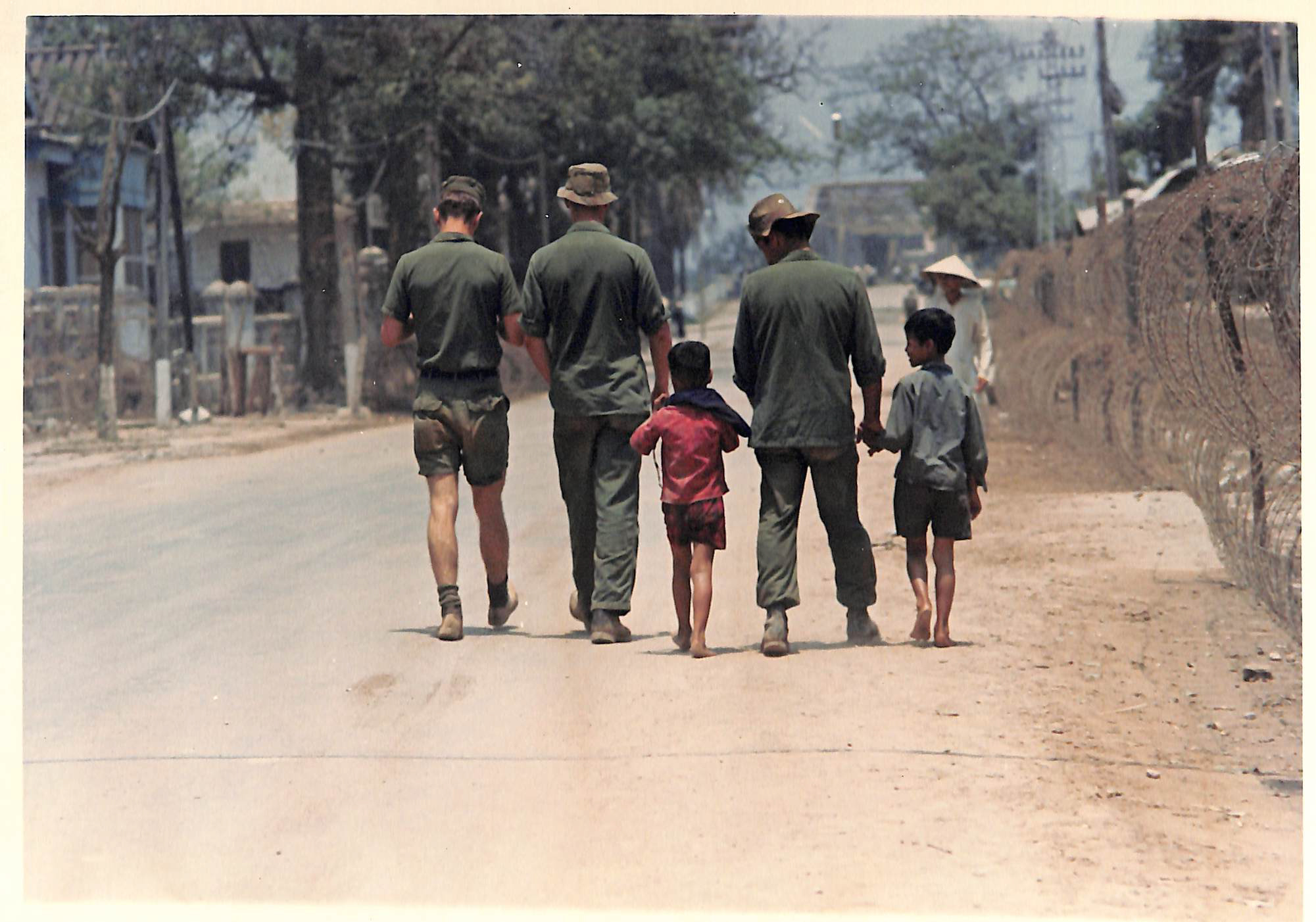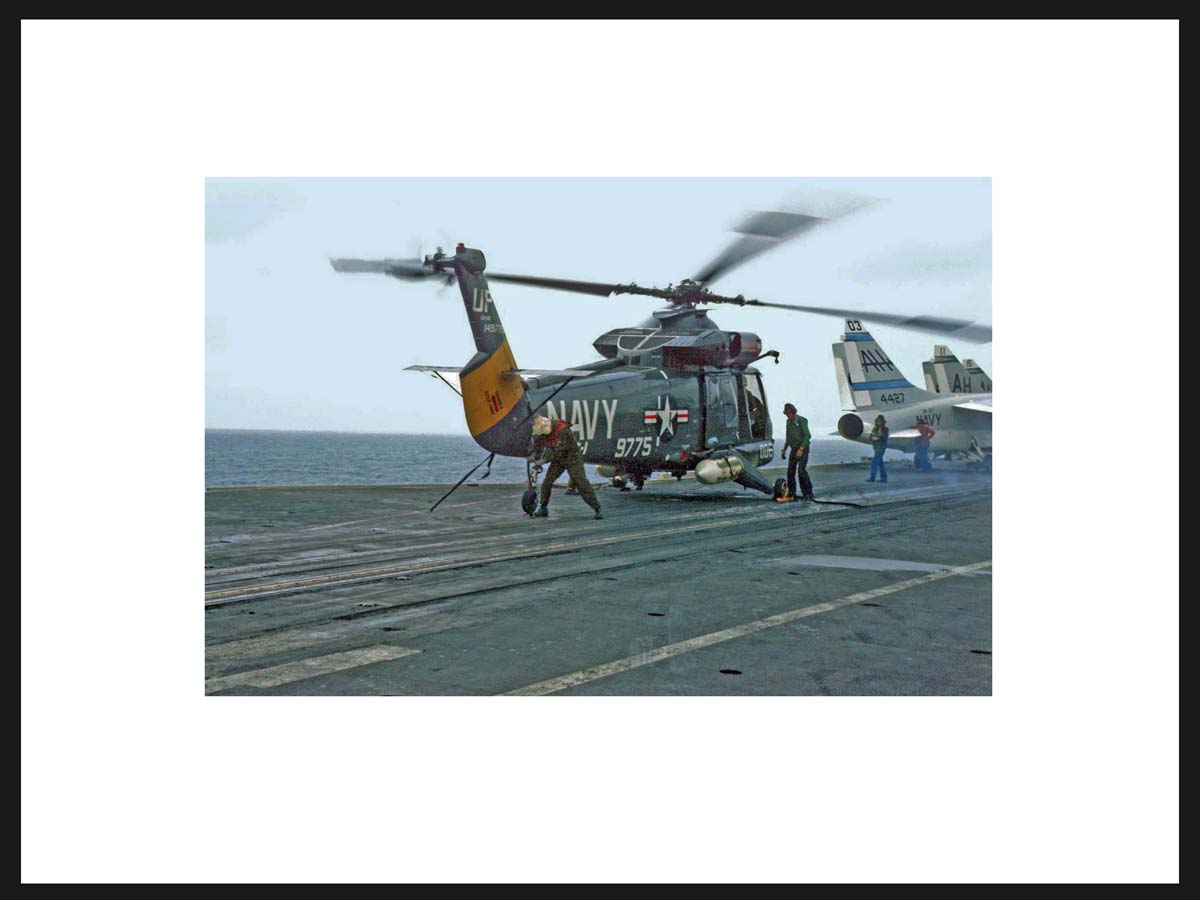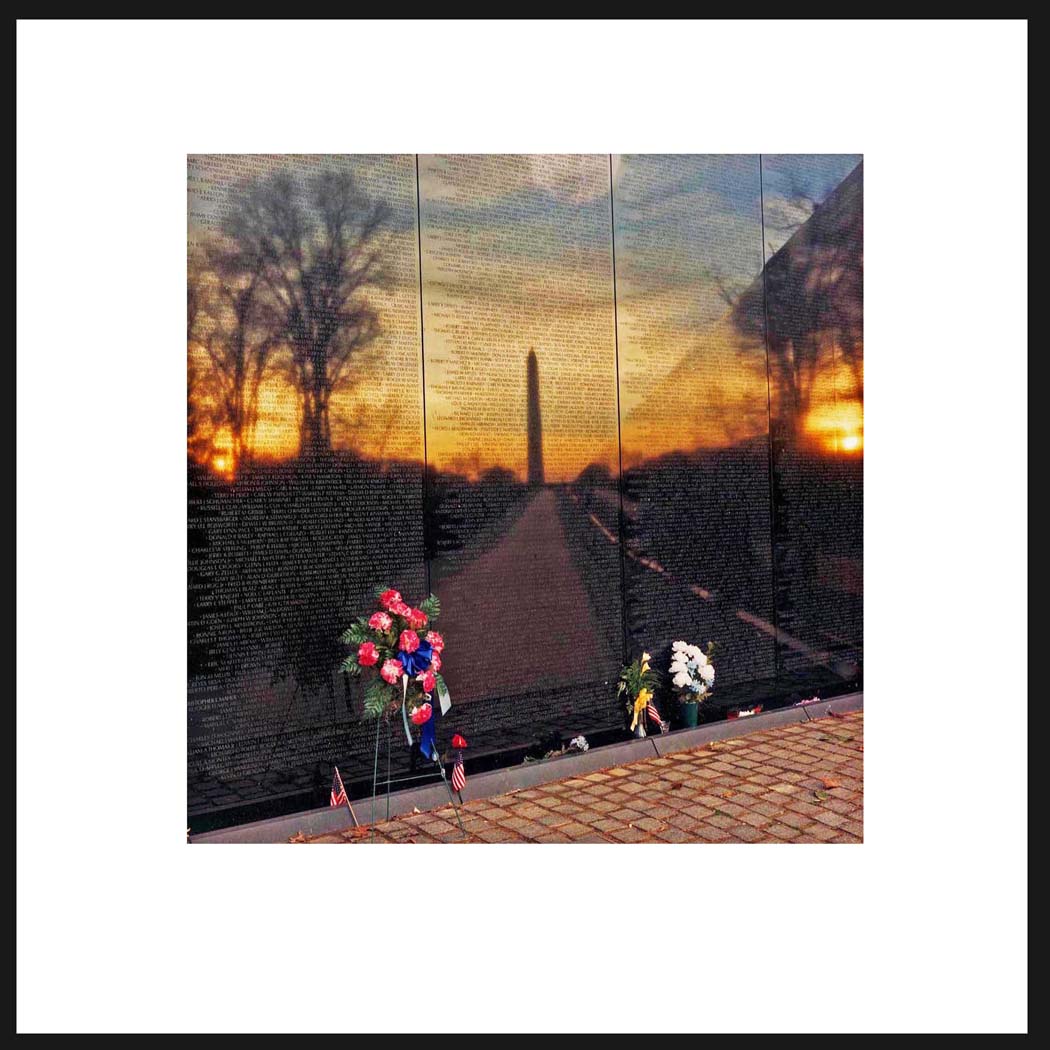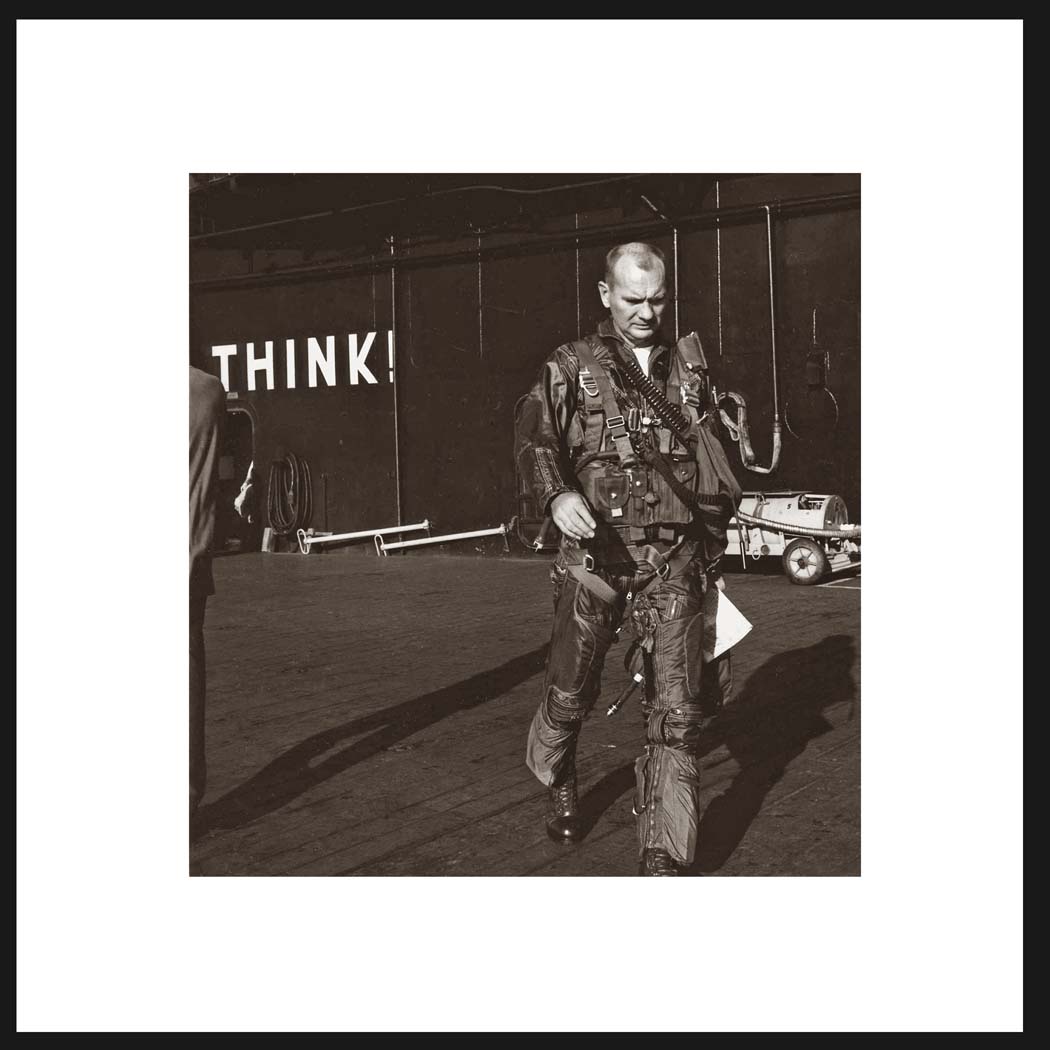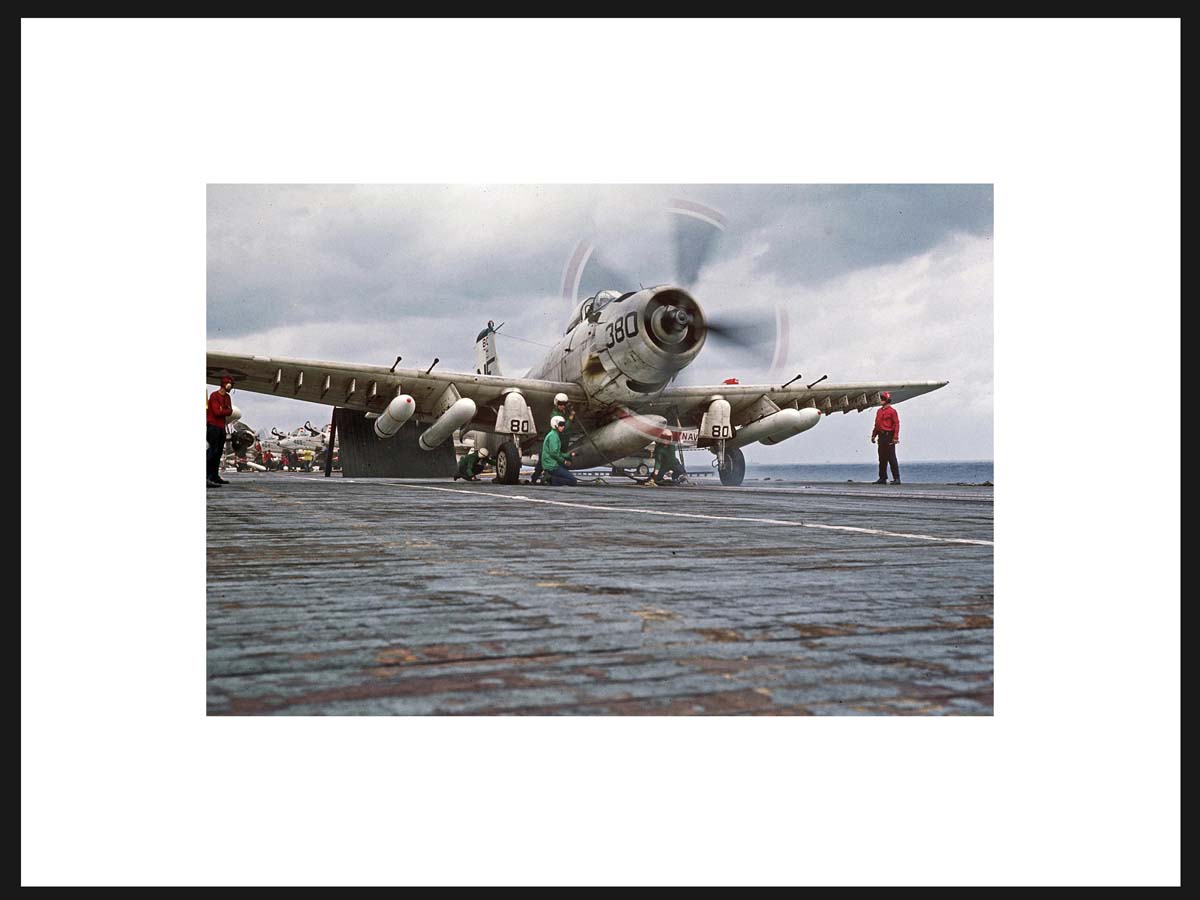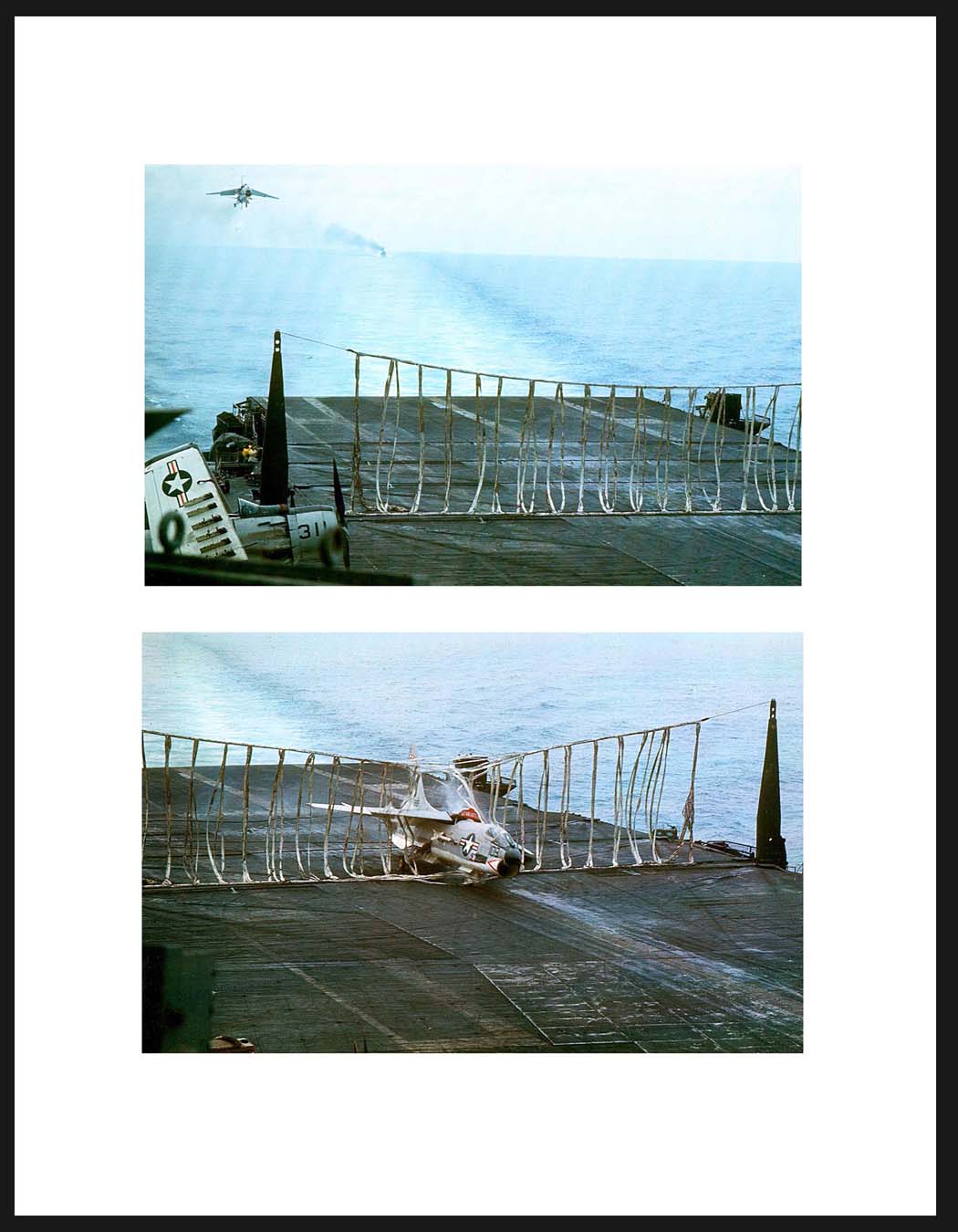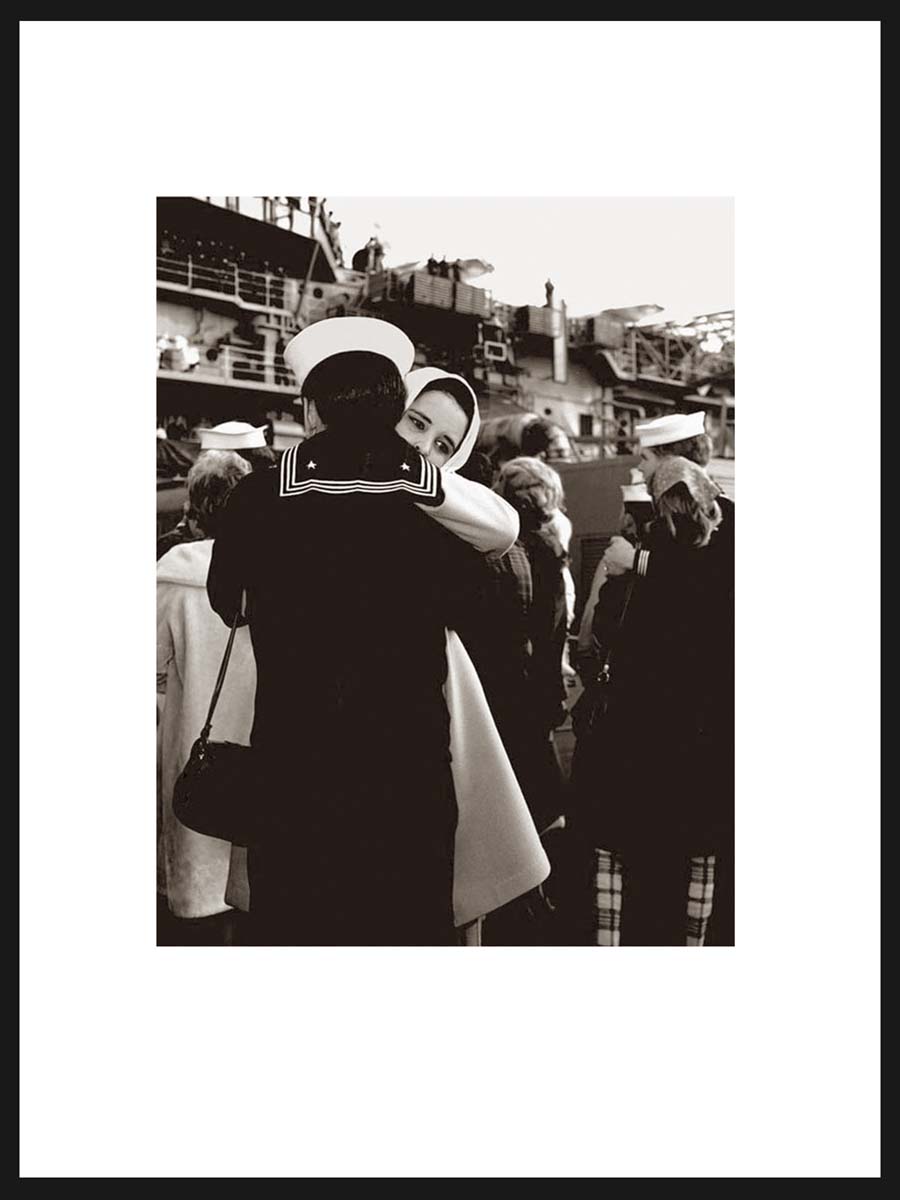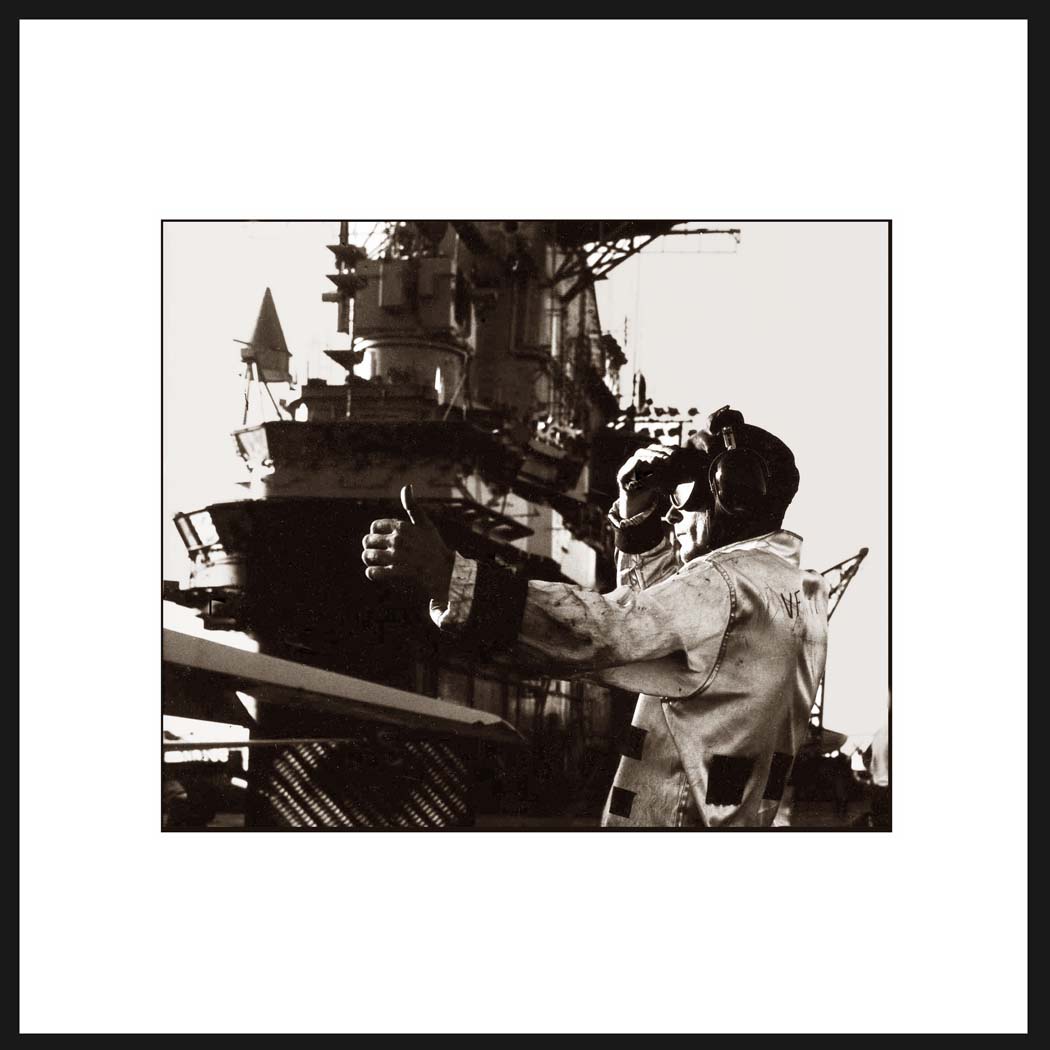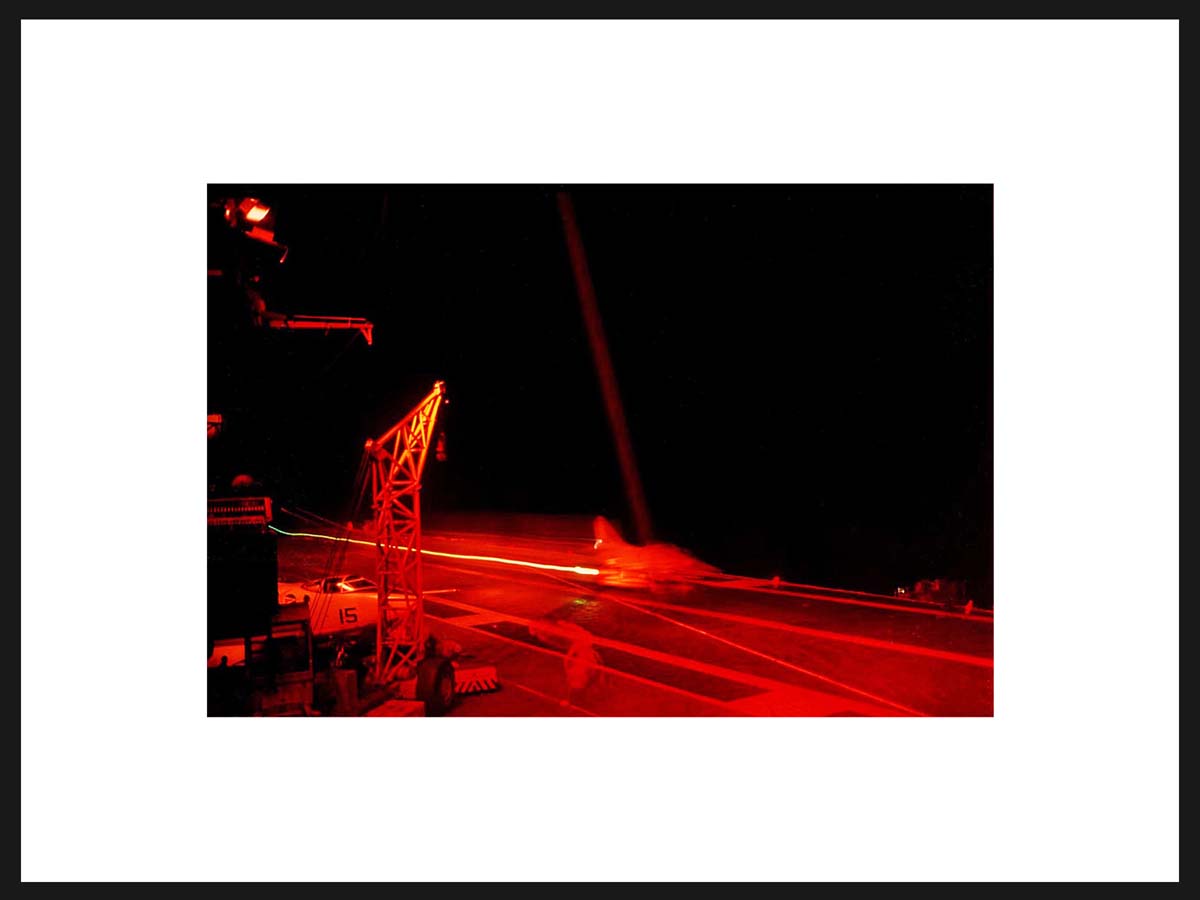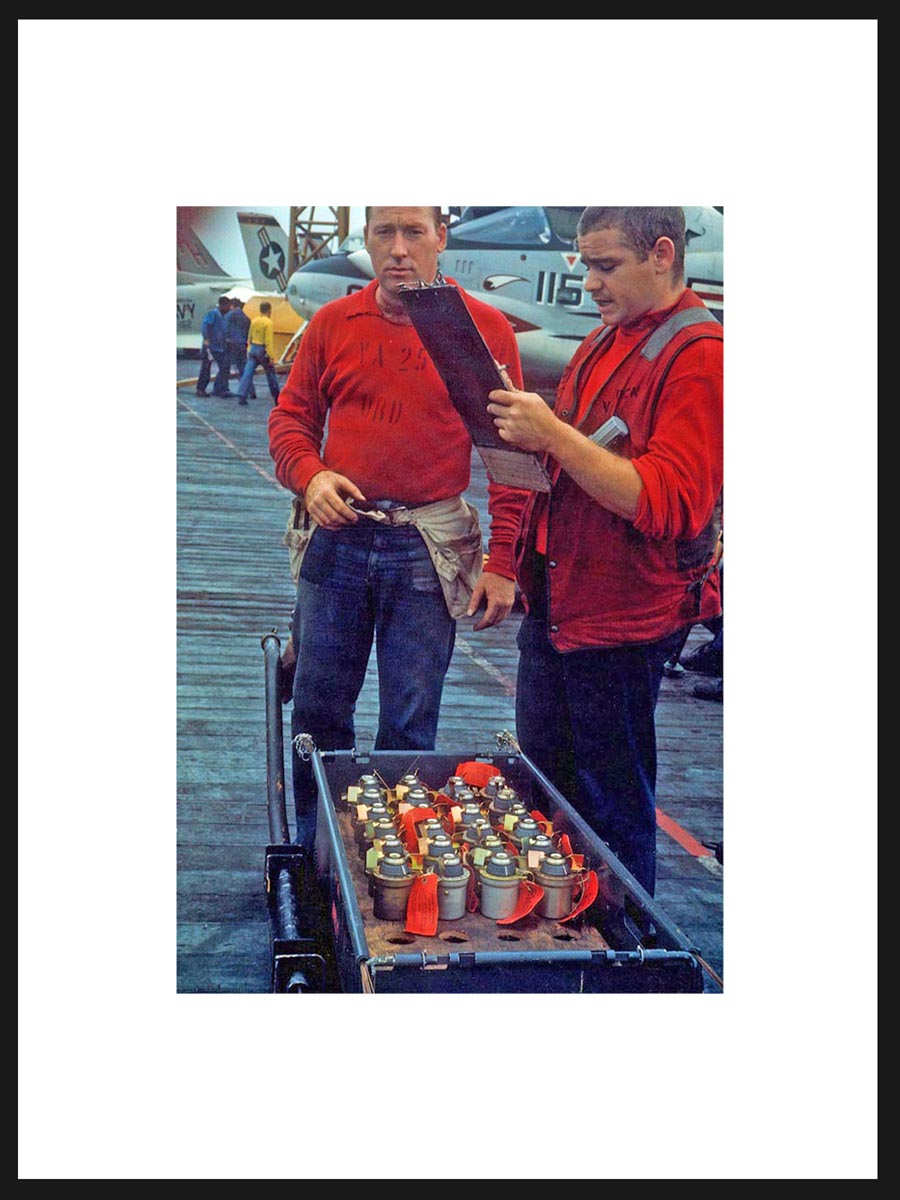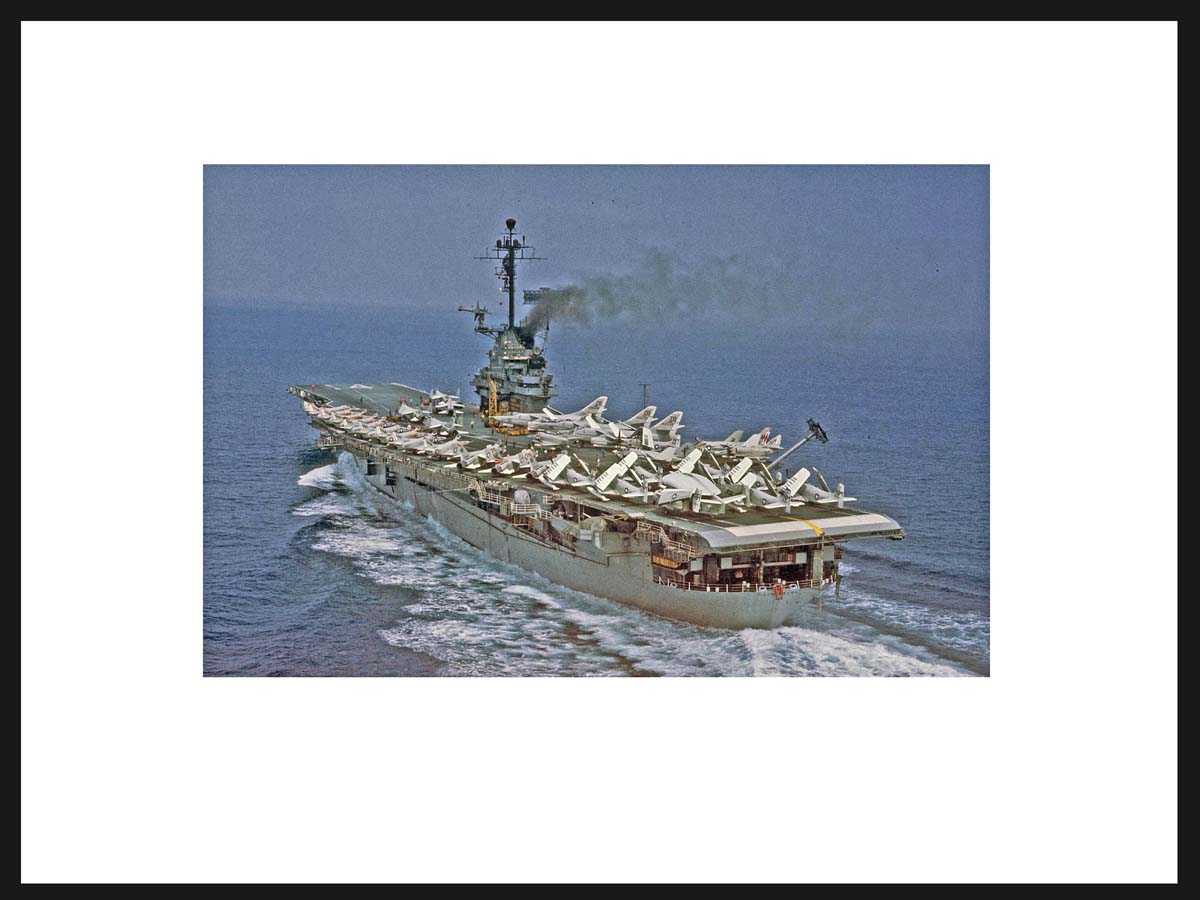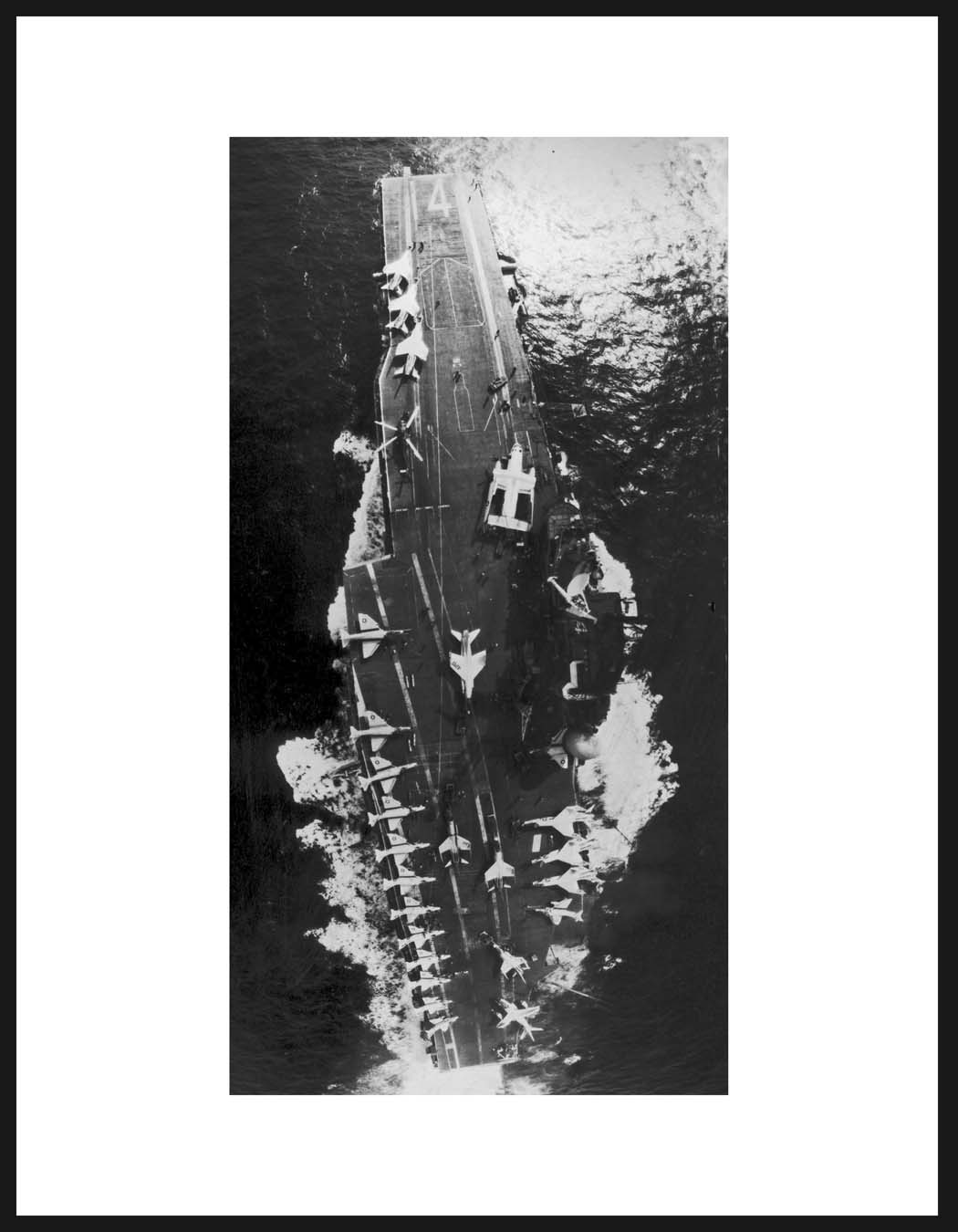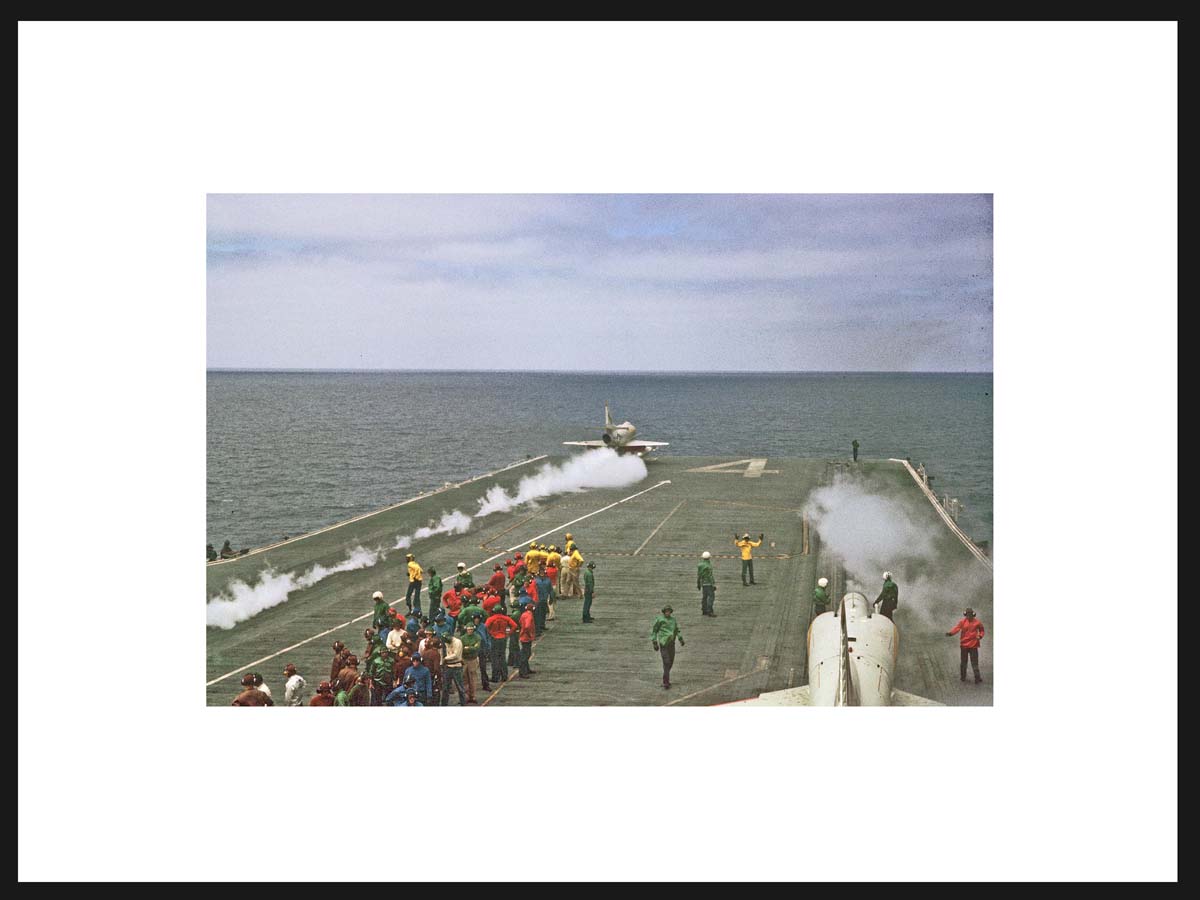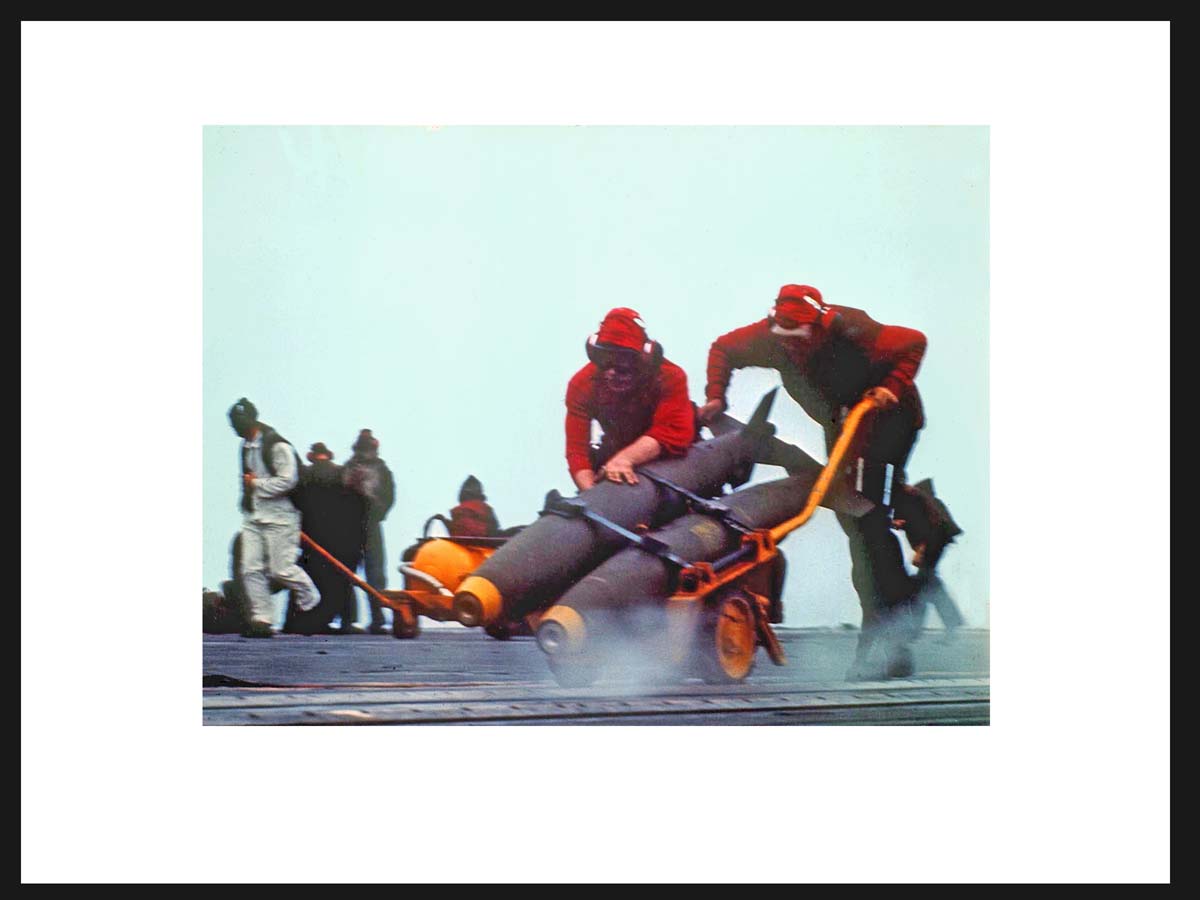Viewer discretion and parental guidance are suggested. This exhibition contains scenes and descriptions of war that some visitors may find disturbing.
In addition to national media coverage, local reporting on the war offered tri-state residents access to personal stories of hometown soldiers. The Telegraph Herald newspaper and KDTH radio (owned by the Telegraph Herald at the time) sent local correspondents Bob Woodward Jr. and Jim Geladas to Vietnam for a series of reports in 1966, 1967, and 1968, a dispatch that was unique for a community of Dubuque’s size. The correspondents recorded interviews with soldiers from this area, took hundreds of photographs, and sent home stories about what it was like in Vietnam. Over one hundred of their images, along with clips from interviews, are included in the exhibition courtesy of the University of Dubuque’s Charles C. Myers Library Archives.
Documenting the Vietnam War was not only the purview of the press. The U.S. military has used photography since the late nineteenth century for documentation, intelligence, operational planning, and propaganda. Military photography and video recording were used extensively in all aspects of the Vietnam War. Chicago photographer Ron Testa, whose work is in the DuMA collection, was a Navy combat photographer who served three tours from 1966 to 1970 on the USS Ticonderoga off the coast of Vietnam in the Gulf of Tonkin. He photographed and recorded everything from launches, landings, and reconnaissance to injuries and casualties. Fifteen unclassified photographs that Testa took during his service, along with a poignant image of the Vietnam Veterans Memorial in Washington, DC, are in this exhibition.

